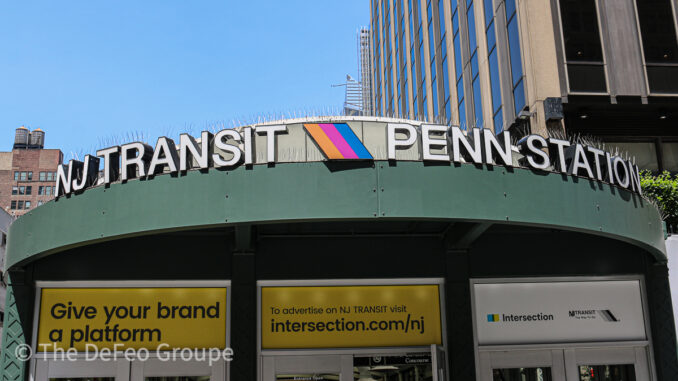
Amtrak, the Metropolitan Transportation Authority and NJ Transit have released an engineering feasibility study analyzing the potential of four concepts to double train capacity at New York Penn Station during the peak period.
The study, “Doubling Trans-Hudson Train Capacity at New York Penn Station,” also explored expanding Amtrak Empire Service without expanding the current station’s footprint.
The report concludes that none of the concepts achieve this capacity goal, a significant milestone that will determine the focus going forward on options that expand the station’s physical footprint.
- The “Under Penn Station” concepts evaluated in the study involve adding ten station tracks directly below the existing facility.
- The “Through-Running” alternatives include a “Full Reconstruction” option that requires complete demolition of existing tracks and platforms and reconstruction of fewer tracks with wider platforms.
- A “Limited Track and Platform Reconfiguration” option also envisions wider platforms and fewer tracks, but would require only partial demolition and reconstruction of existing tracks and platforms.
Officials say Penn Station and its operational infrastructure, including the North and East River Tunnels, currently function at maximum capacity. The Gateway Program is a series of infrastructure improvements built around increasing train capacity within the 10 miles between Newark Penn Station and its New York City counterpart.
Additional train capacity at Penn Station in New York is needed to accommodate existing and anticipated passenger demand, improve reliability, and support future cross-regional rail service.
One of Gateway’s key objectives is to double passenger train service between New York and New Jersey on the Northeast Corridor from 24 to 48 trains per hour, or more, during peak hours. This approach is consistent with the long-term vision for expanded intercity and regional passenger rail service on the NEC established by the Federal Railroad Administration’s NEC FUTURE Program.




